I sound like a buddhist monk to myself when I think about my current opinion about anger. Anger is a harmful thing. It disrupts the soul and the flow of your life. I find that I repeat certain phrases all the time and they may sound trite, but I use them because they are true. “Don’t worry about the things you have no control over”. How does this apply to anger? When you get screwed over by a client, usually you don’t see it coming. “I can’t fix problems that I don’t know exist”. You have done the work and are expecting payment, but then it just doesn’t happen. You ask politely and when that fails you ask more sternly. Most of the time that also seems to have no affect, so you can beg and plead if you want, but sometimes you are still sitting there waiting for your money. That is when most people get angry. “How could that SOB treat me like that?”. Well bad news, those people exists and you will run into them your entire life. I hope that in the end you get your money, but I hope at least you have learned a lesson. How does it go “Fool me once shame on you, fool me twice shame on me.”
I have tried to protect myself by asking for a deposit and then asking for the balance once I had over the drawings for new clients on small to medium size projects. This has worked well for me in the past. I would say that about 90% of the people I ask have no problems. If they ask if I don’t trust them I tell them that I have been bitten too many times in the past and that I am too old to chase my money. “I have delivered drawings and not been paid, but I have never been paid and not delivered drawings”. I have worked for some real scum in the past, but my standards exceeded theirs so I delivered what I promised.
Yes, when you get screwed you have a tendency to get mad as hell, and rightly your should be, but the only person that may benefit from your anger is the guy who pissed you off. It is kind of a win / win for them. They treated you like dirt and then they get to gloat in it. Life will never be a easy street, so we know we will hit some bumps in the road. Just so happens that client was one of those bumps. Getting angry does nothing to the bad client. If they had half a conscience they would feel bad and pay you, but they don’t. So demanding or begging typically won't help. When you get angry it affects you and those around you, so the impact of being mad is like the ripple in the pond. Maybe your fellow workers notice your shortness. Maybe your wife and kids who need your hugs stay away to give you “your space”. All because this client has treated you unfairly. That is a huge impact and I decide I would not give anyone that ability to impact my life that way or the satisfaction of disrupting my life like that.
When I get shafted, I just chalk it off to the learning experience. I will go through the process of trying to get my money, but without all the emotional stress behind it. I will demand and I will plead, but only as a process, not with emotions tied into it. If push comes to shove I will take them to small claims court. I don’t want to knock them out or wish bad things on them. All I want is to get my money and get away from this client. I will take the reasonable and logical steps to try to obtain my money and once those options run out I move on. I want to get this person out of my life and move on to people and clients who do appreciate what I do for them.
I use to get angry, but then I got mad at myself because I got angry. I realized in the past that certain clients had no intentions of paying me and that it didn't bother them nor did they really care. I also thought that he probably enjoyed the frustration he was adding to my life over my constantly harassing him to pay. As a friend had told me, trying to get money from that client was like trying to teach a pig to sing “It is a waste of your time and it annoys the pig”. I have been taken in the past and I am sure it will happen in the future, but just not as often. I understand that it “Takes all types to fill the freeway” and those crappy clients are some of those out there driving. I just hope not to run into any of them. I have learned not to get angry, but to get those type of people out of my life and move on as quickly as possible. Anger eats at you from the inside out and affect everything you do. I decided a long time ago that I would not give them the satisfaction of having their rude treatment affect me like that. “Any more questions Grasshopper?”




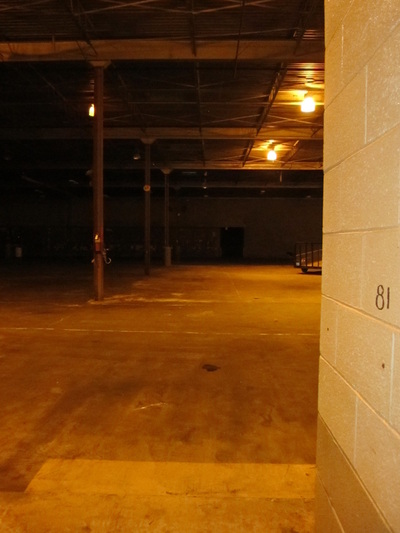
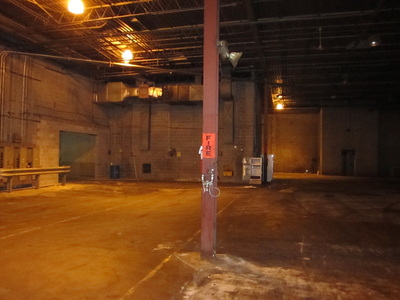
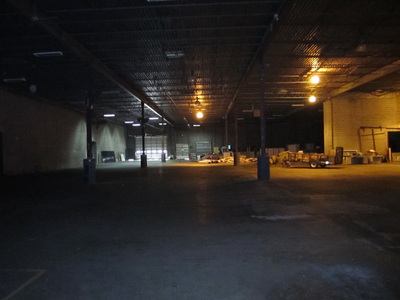
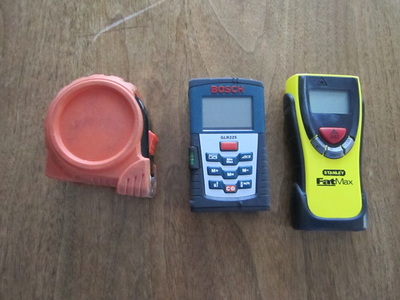

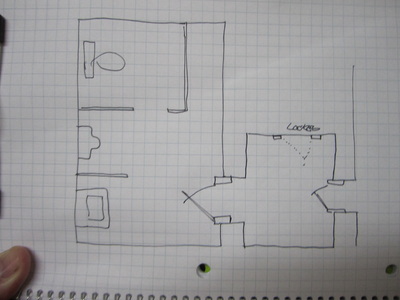
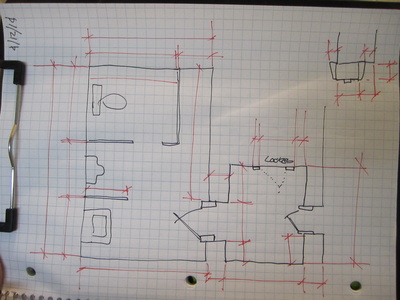
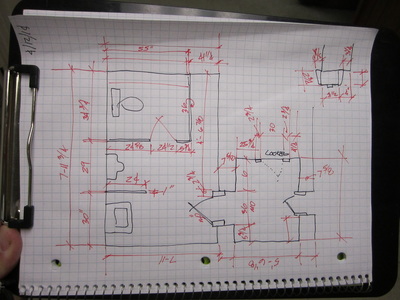
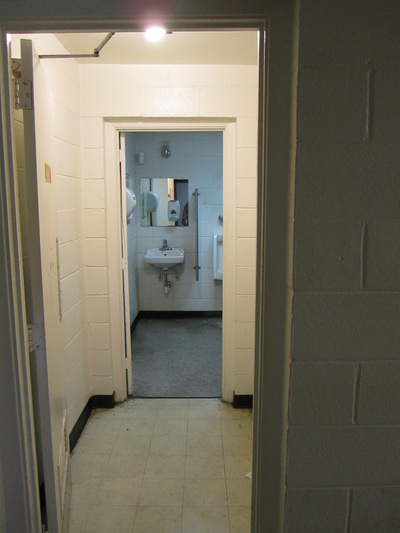
 RSS Feed
RSS Feed